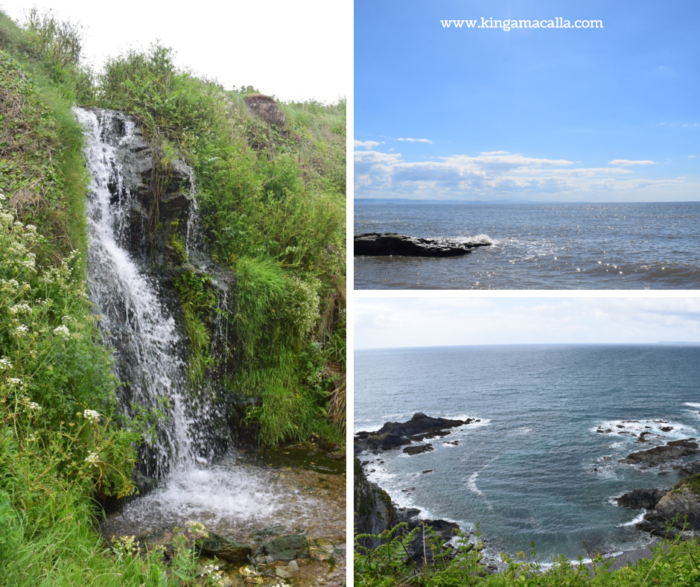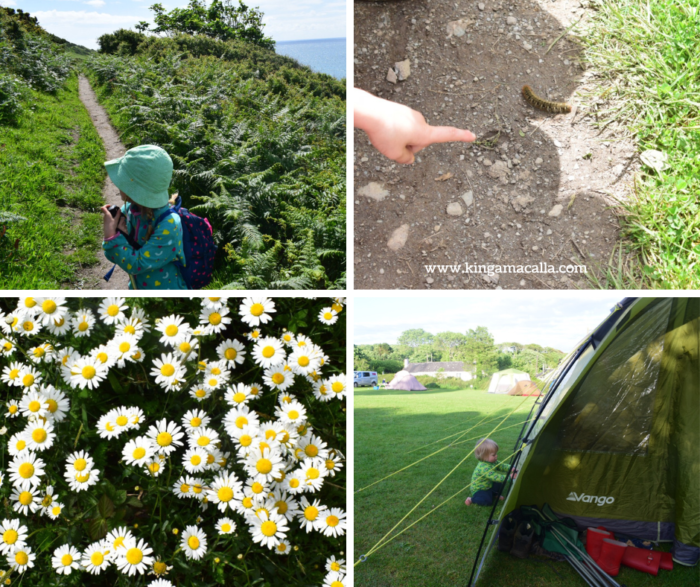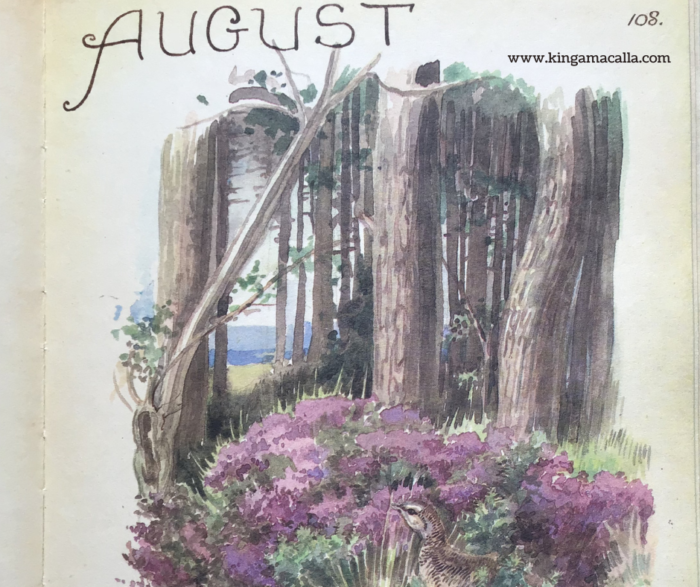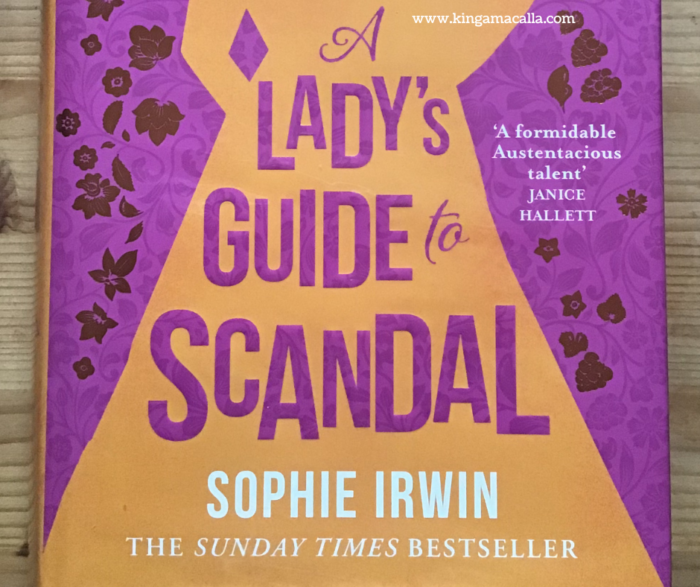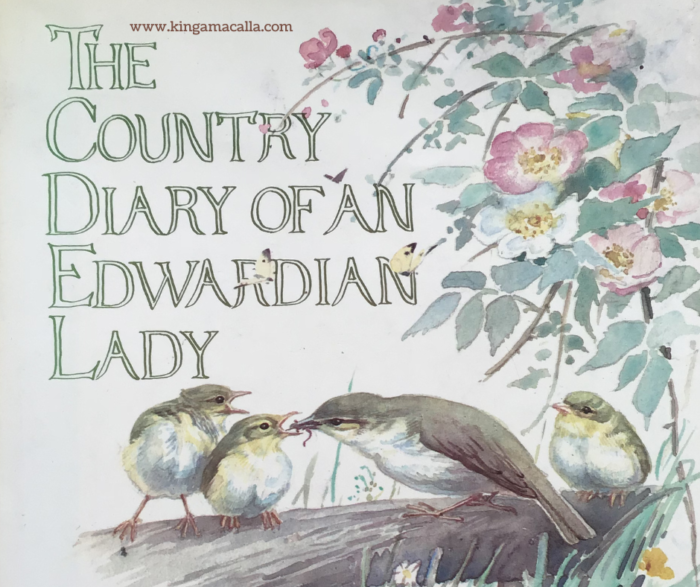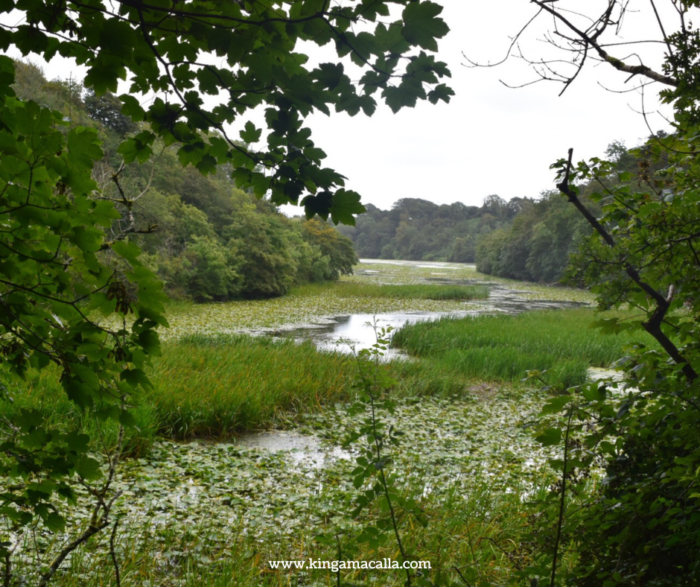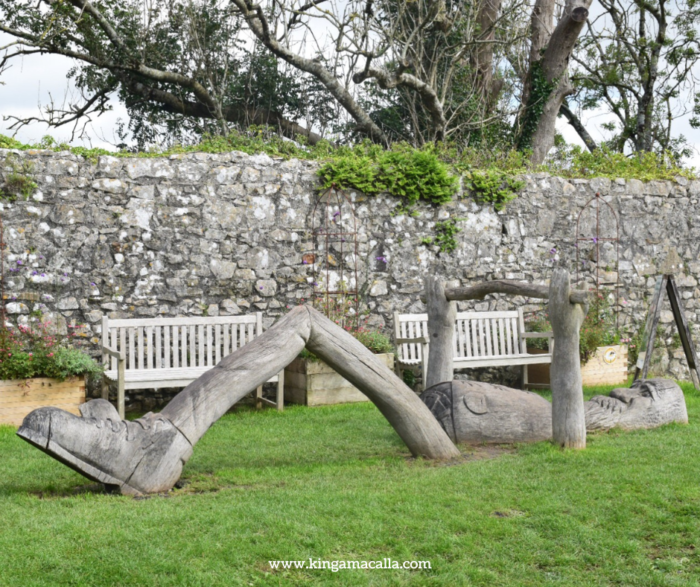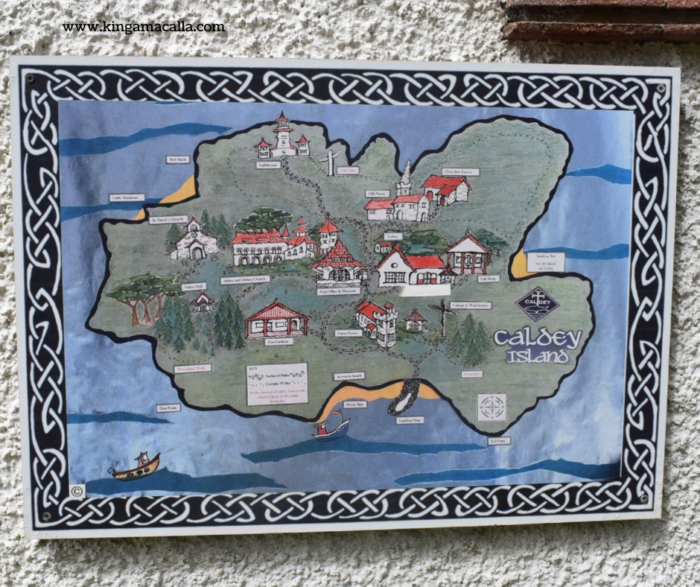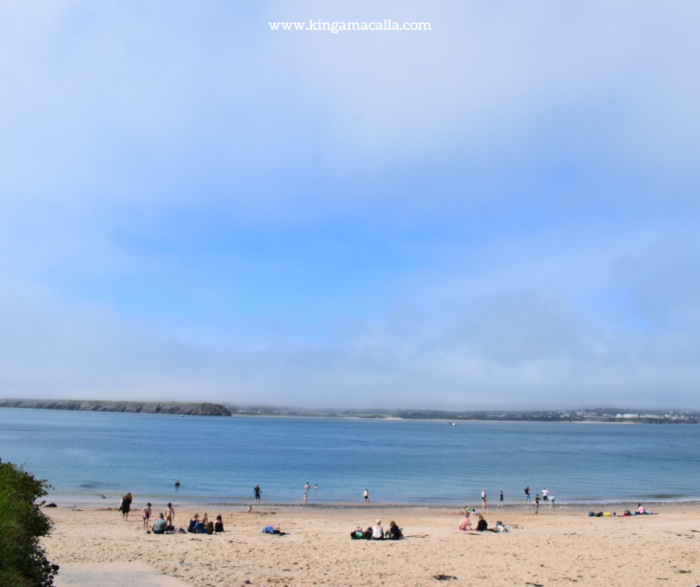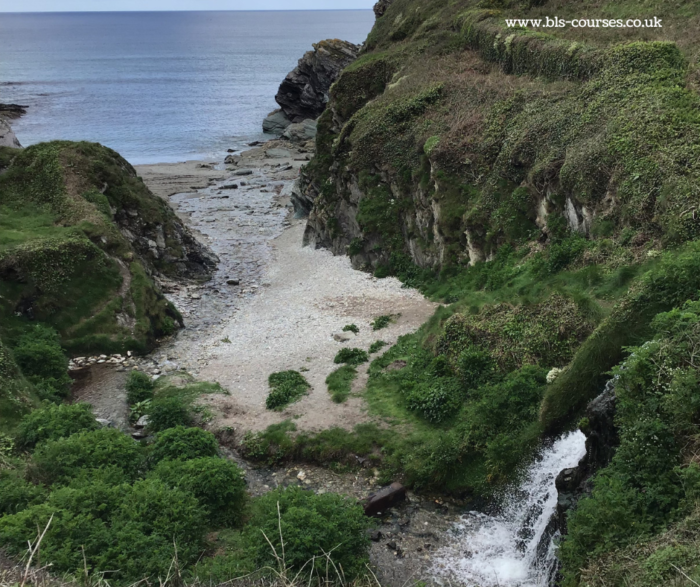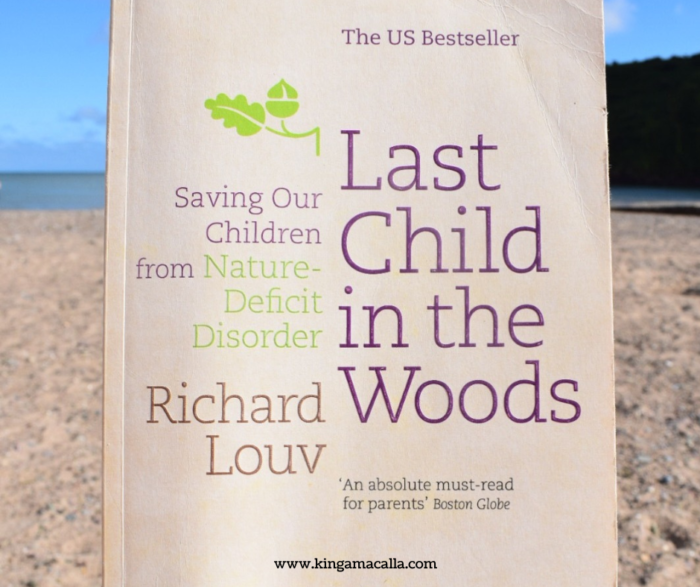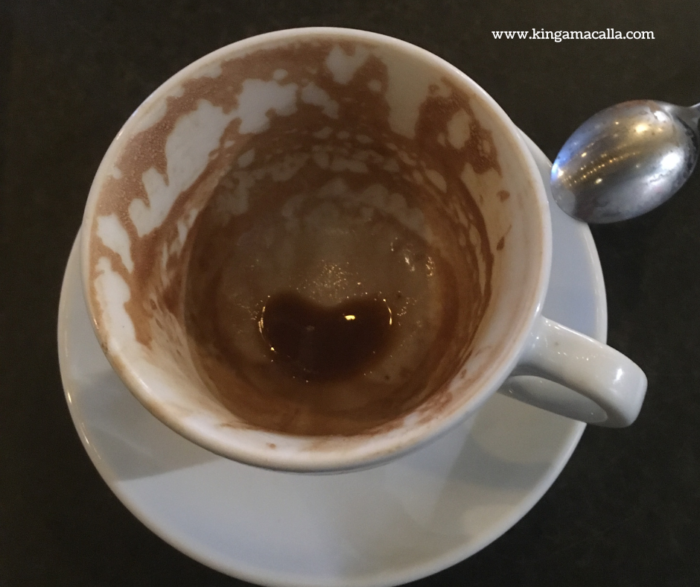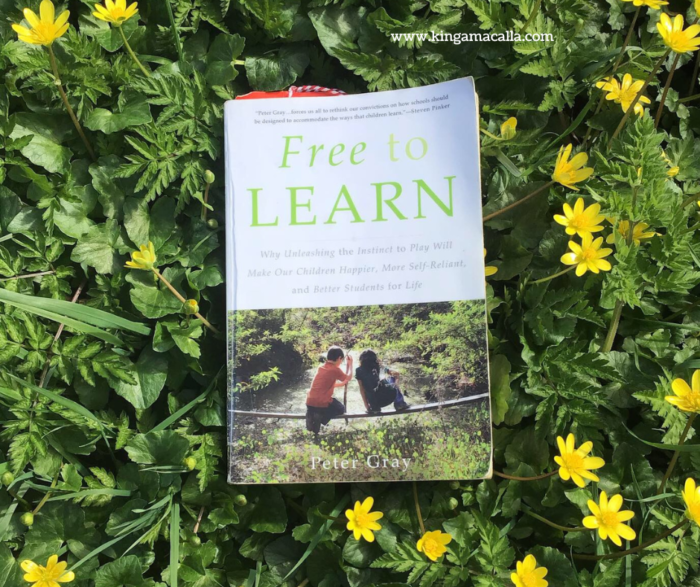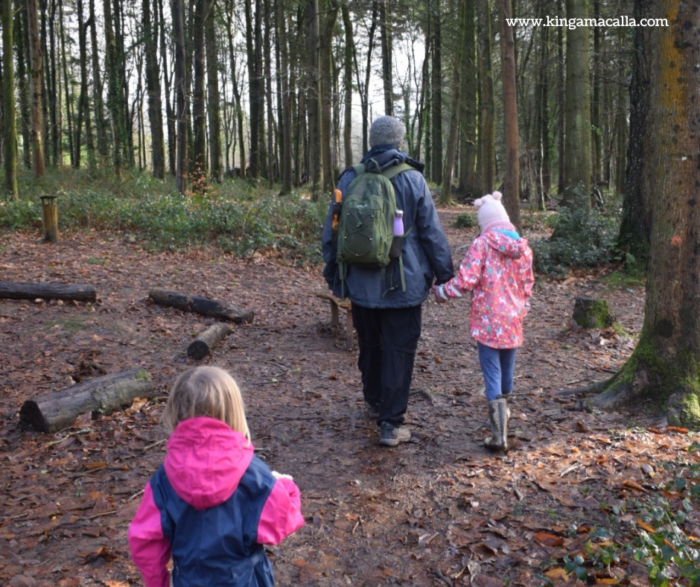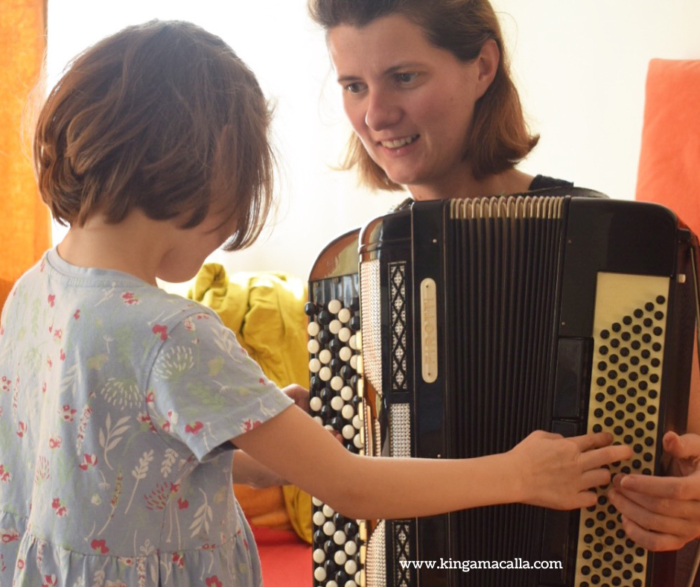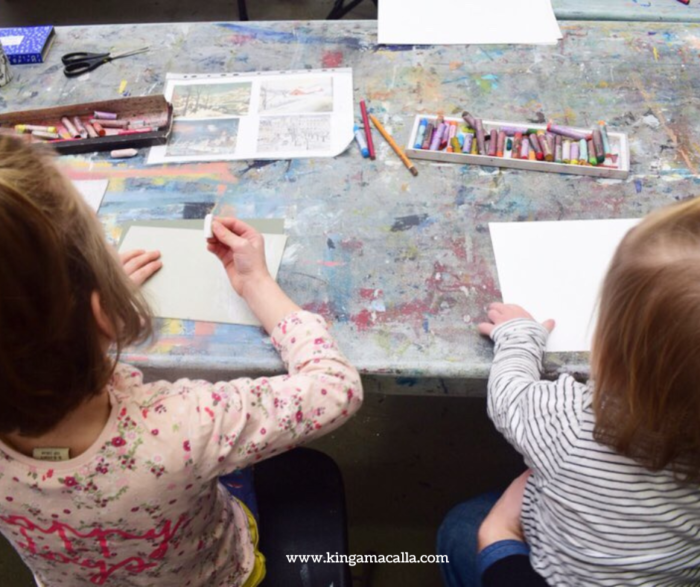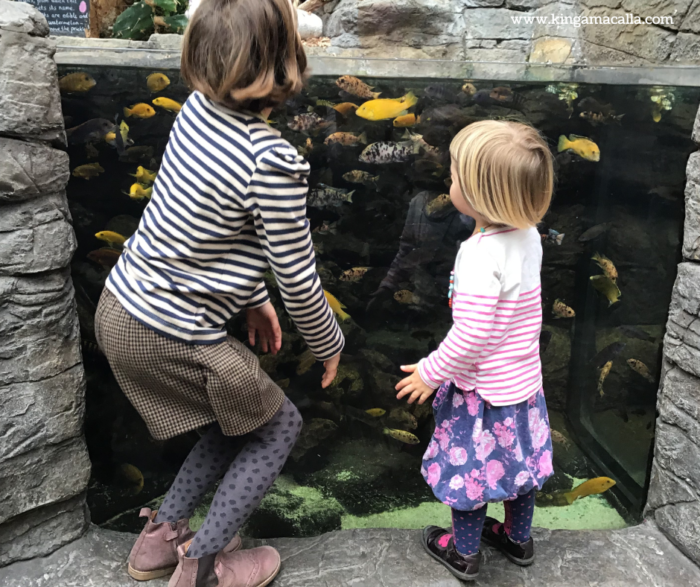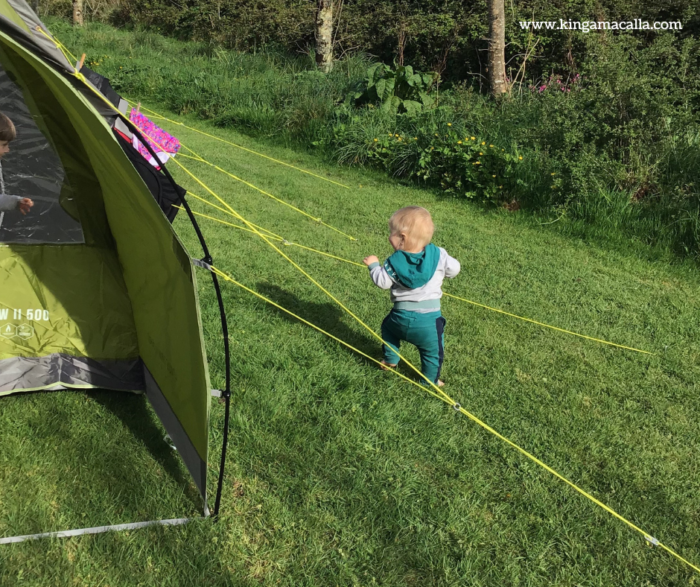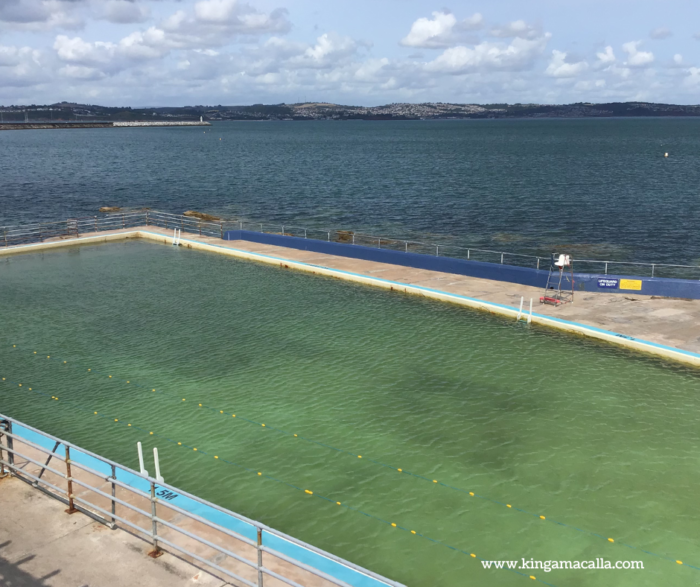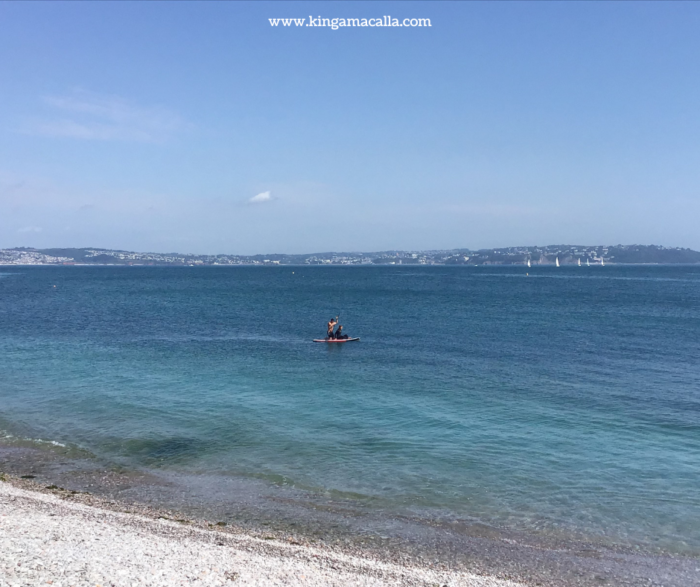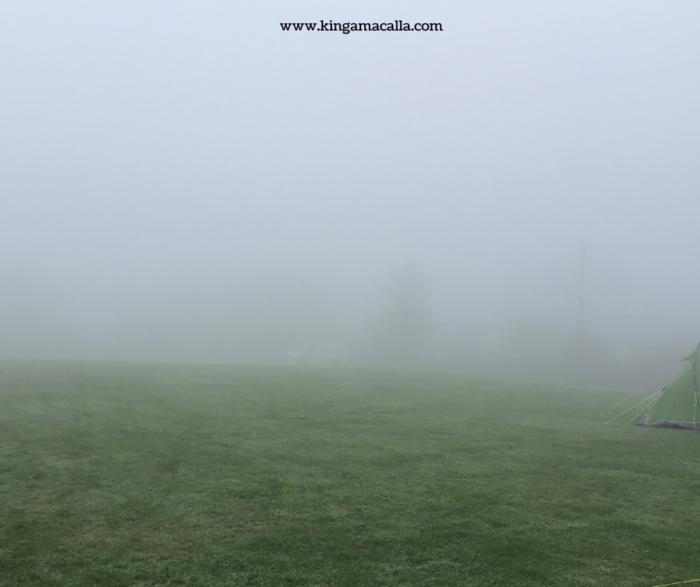When I speak with my friends, many of them (especially those who don’t home-school!) ask me about our home-schooling routine. It makes me think that perhaps more parents might be interested in reading about our home-schooling life, hence today’s post.
We started home-schooling 2.5 years ago. We’re a family of 5: one set of parents and three children aged 8, 4 and 1. The first year was quite difficult, as we didn’t know many other home-schooling families, and our home-schooling life felt a bit lonely. But, it all changed when we joined the first group.
Groups
The very first group we joined was a forest school and our daughter has loved going there from day one. We made some friends through it and it became a core social activity of the week. The second one was gymnastics: all my children are full of energy, so I was looking for some physical activity and gymnastics was a great choice. Then we started attending piano lessons, as music is an important part of our curriculum. Lastly, we joined (even though a bit irregularly), a drama club which is a wonderful way to awaken children’s imagination. We attend it irregularly, because as I don’t drive, it takes us around 1.5-2 hours to get there, one way!
Nature, reading, music and art
If I needed to describe the key elements of our home-schooling life, it would be: nature, reading, music and art. Nature is present in my children’s lives via forest school, our garden, nature walks and weekend trips. On fine days, we can read a story sitting on our garden’s bench. We read books in two languages every day and go to the library at least once a week. On top of that, we enjoy playing and improvising on different instruments, listening to classical music, children’s tunes or singing songs. It sounds very simple, but I trust it gives them the foundations for an amazing memory, good music taste and awakening their creativity. Music is closely related to art. We all enjoy hands-on crafts, like painting, drawing or postcard making. We also read about painters, analyse their paintings in the albums, visit museums and galleries. My children like playing pretend games and occasionally I overhear them calling themselves van Gogh or Monet (!).
Free play
I feel from the bottom of my heart that free-play is important. I love to quietly observe my children, especially in their free play. I only wish they could have more free play in nature; that’s something I’d like to include more in this academic year.
Bilingualism
Yes, my children are home-schooled and raised bilingually: Polish and English. Even though we’re both Polish, my husband mostly reads in Polish and I mostly read in English. I also use English when our home-schooling context is mainly in English. I think our bilingual routine works well now, but when we started our home-schooling journey, it felt a bit chaotic and confusing, mainly because we all needed to adjust to some language changes.
Books on education
I like reading myself and I’ll be posting a series of short reviews on the books on education that inspired me most. That’s going to be next month!
I think these are my core ideas around home-schooling right now. Would you like to read more about home-schooling here? Please let me know in the comments below if you’d like more content like this, e.g. reading more about our daily routine or how we navigate two languages in our home-schooling life.
